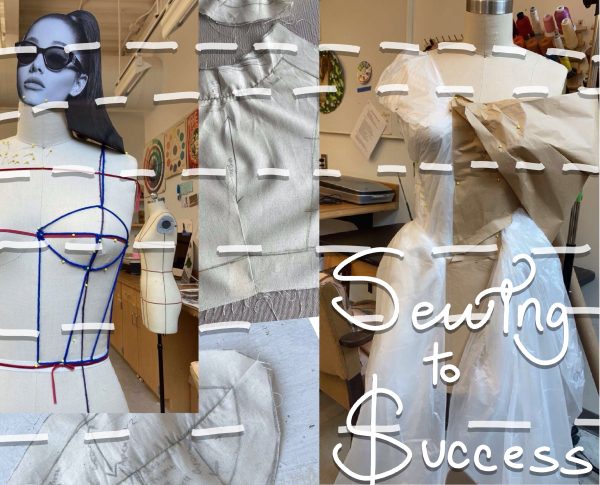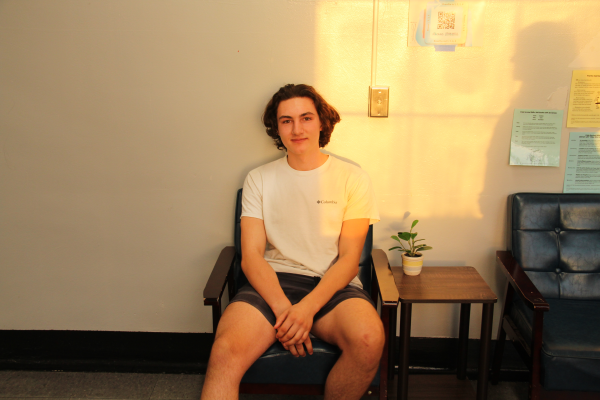From Paper to the Stage: The Process of Designing a Set
One of the first set designs made by CET sets crew members and the Sets Adult Mentor for “The Visit”.
From paper to the stage — the process of creating a set is lengthy.
Evers Baskey, CET Student Tech Director, started thinking about the set for “The Visit” over this past summer.
After multiple emails and texts with the director and tech director, he scheduled a few meetings to think about the set design with members of the sets crew. The meetings took place during the first few weeks of the school year, but rehearsals wouldn’t begin for another few weeks.
During meetings, the designers met and discussed theirvisions for the set. They then sketched out the different ideas with Bruce Worden, the sets adult mentor, who transferred the sketches into a digital format that was to scale with the dimensions of the Craft Theater.
After a few meetingse, they were able to gauge what the set would look like. Thanks to the generous donations of wood by the CET community, they were able to begin the work.
“Jumping into the building process can often be challenging, but once we get going, it [becomes] fun,” Baskey said.
The set for “The Visit” consists of many different elements meant to portray a vintage 1950s German town. There are two pieces of painted wood that are exchanged throughout the play, signifying the backdrop that shows the audience the different scenes.The painted backdrop is mostly bricks and stone with a bookcase and fireplace in the interior.
In the following months, the sets crew started their build. First, they had to learn how to use power tools safely. Many of the people on the crew are new to CET, so a fair amount of training had to take place. After the safety training was finished, the crew started cutting wood, building the set, painting it and placing it where it needed to be.
“My favorite part of the set design process would have to be the end. It is so amazing to watch the set come together and finally look like what we imagined.” Baskey said.
One key aspect of the set from “The Visit” is the clock tower. Located on the left of the stage, it represents time passing and the increasing beauty of the town as the show progresses. When creating this important piece, a functioning face of a clock was needed. This component was hard to solve at first, but a purchase of a clock battery and an old drill used to power it resolved the issue.
After two months of diligent work, the set was finally complete and ready for the show.
“One of the main things sets crew has taught me, apart from leadership, is that anything can be done with a good team of people,” Baskey said. “There is a solution to every problem, all you have to do is find it. Sometimes, you can’t find it on your own, but surrounding yourself with good, kind people can help you immensely.”
After many awaited months, an audience will see the set for the first time on Nov. 18, for opening night of “The Visit”.

















